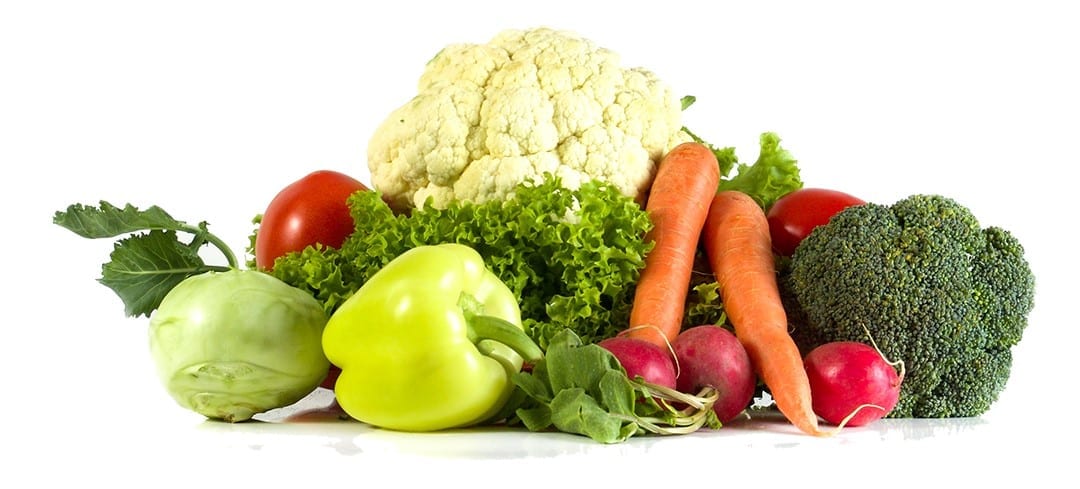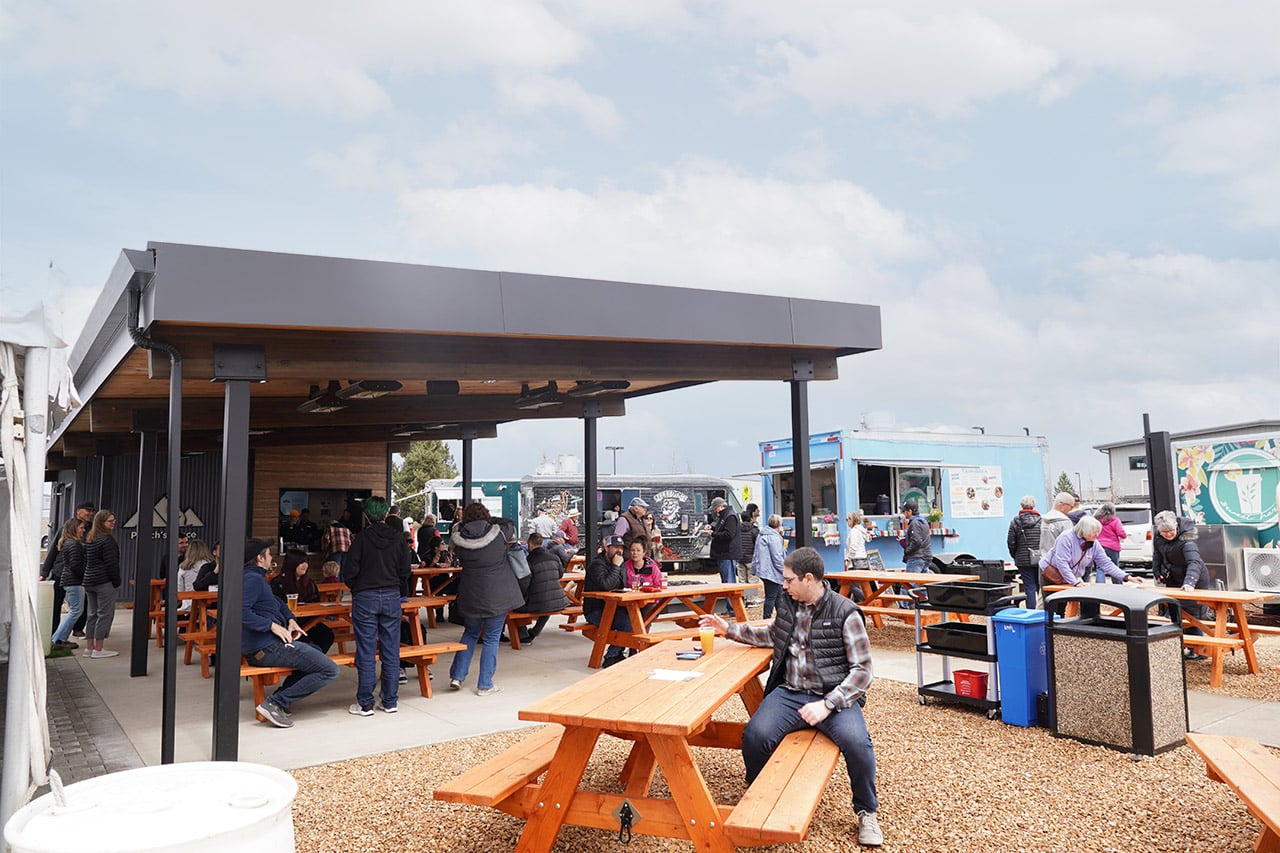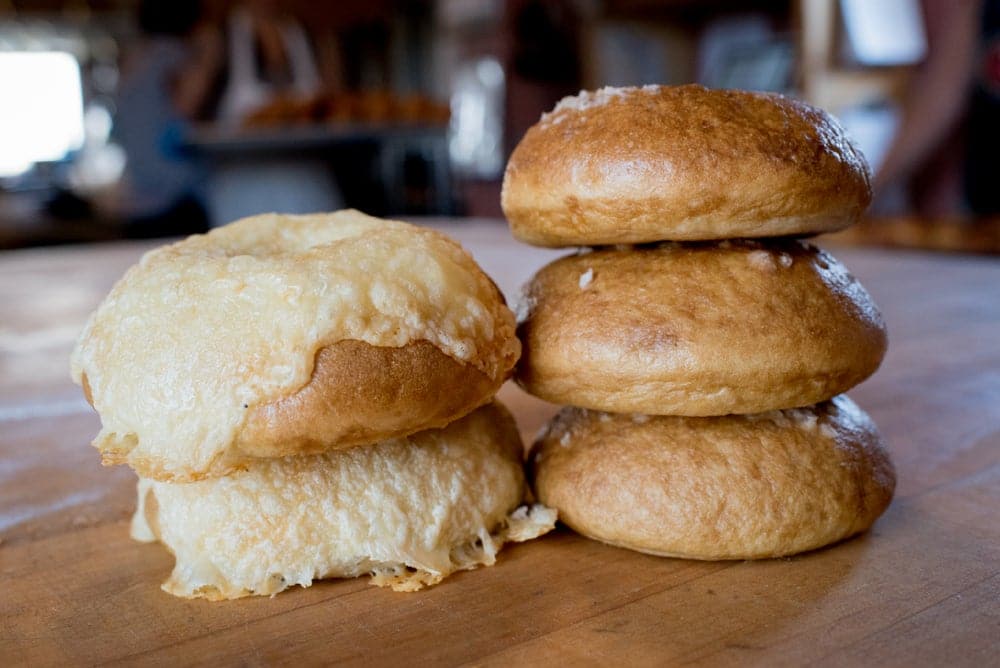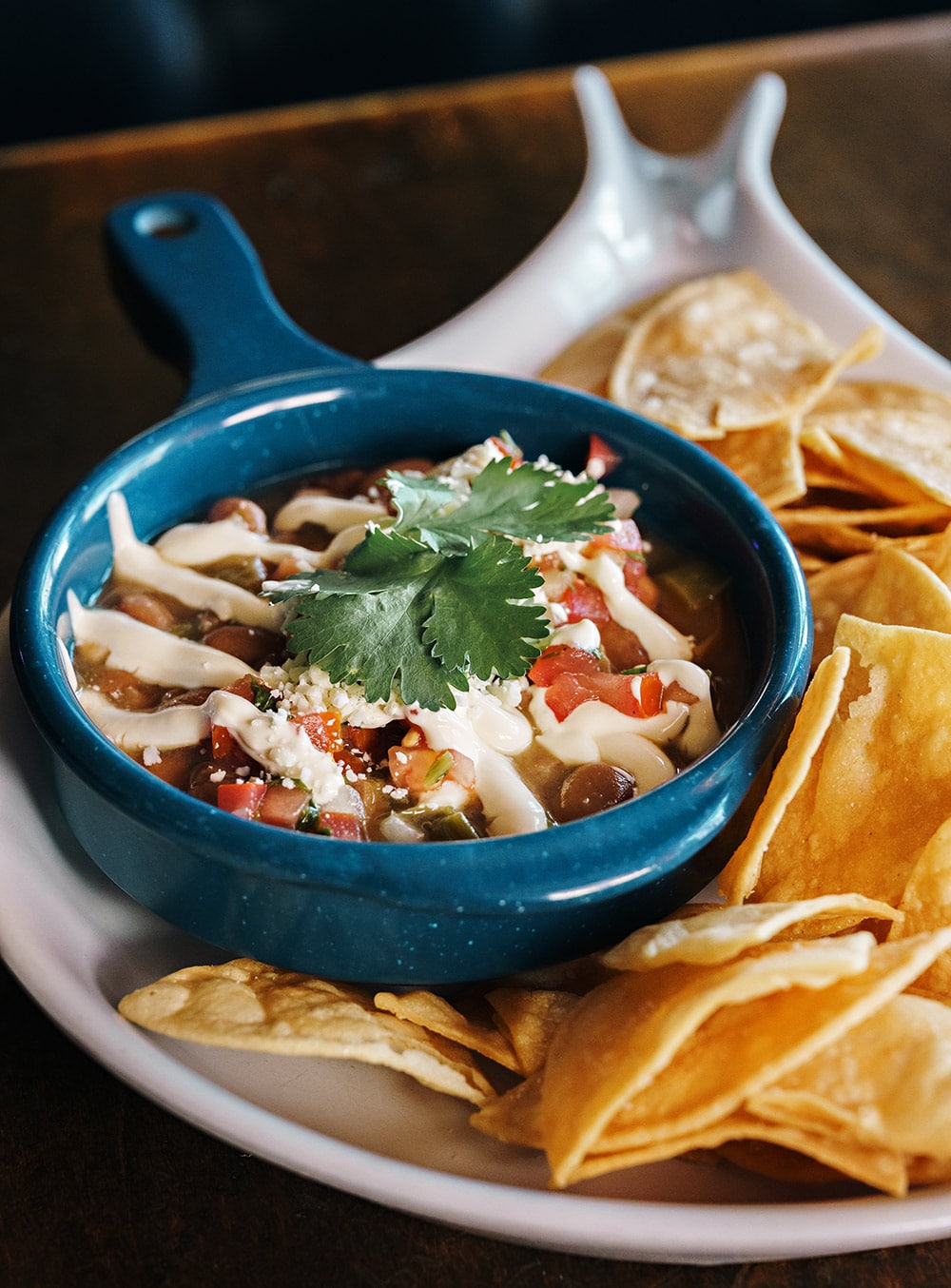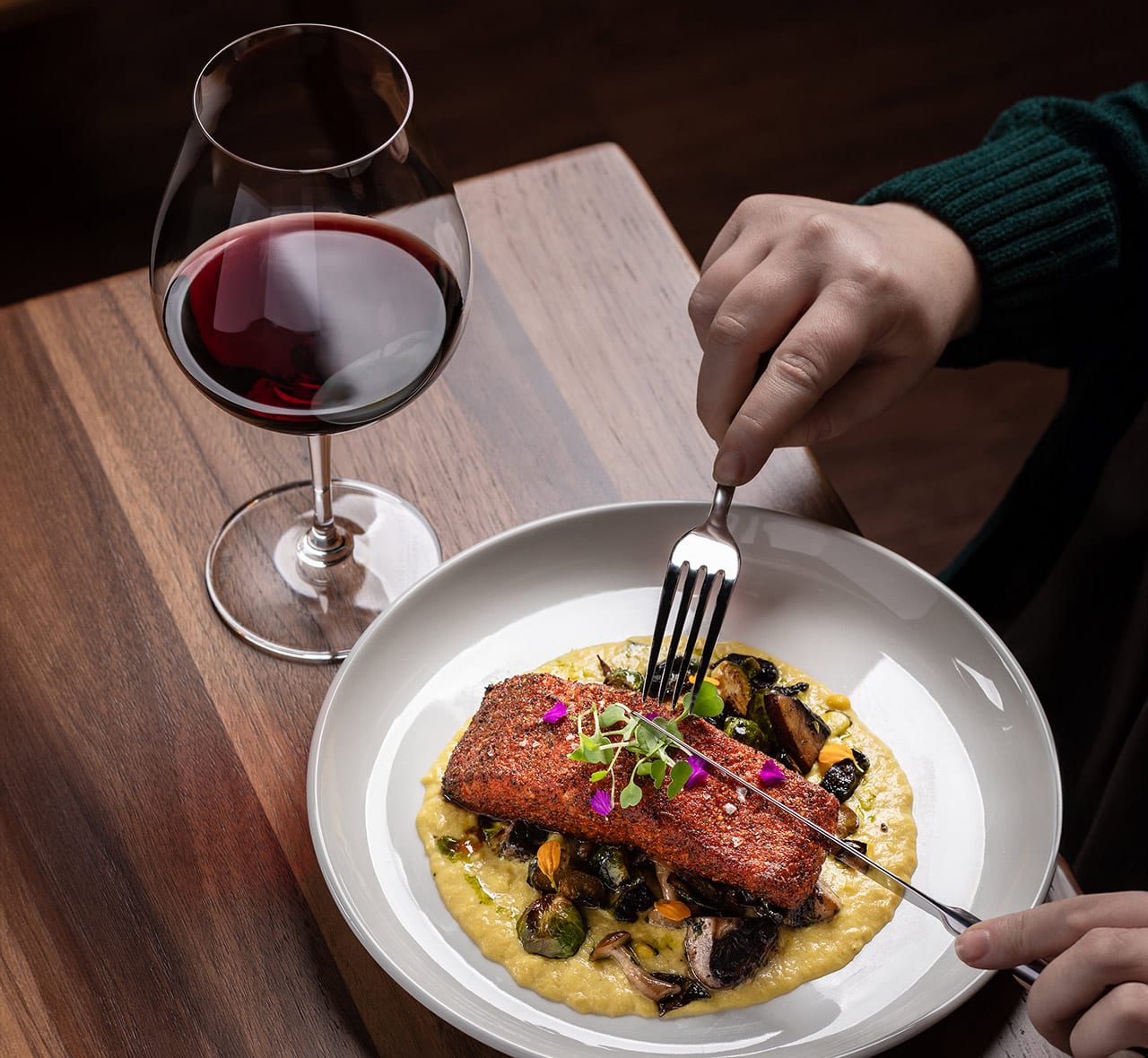Stephanie Howe Violett offers seven tips for the active Bendite.

Stephanie Howe Violett believes that eating and physical activity should be a beautiful, enjoyable part of everyday life. She is a champion ultra-distance runner—she won the 2014 Western States 100, set a course record for the 2015 Lake Sonoma 50, plus many more achievements—and has a Ph.D. in nutrition and exercise science. She coaches people balancing athletics, nutrition, work, family and play.
 Here are Violett’s tips for how to eat like an elite athlete to achieve better health, no matter your fitness level and goals.
Here are Violett’s tips for how to eat like an elite athlete to achieve better health, no matter your fitness level and goals.
Prioritize Planning
Think about all meals ahead of time. For example, pull meat from the freezer for dinner that night, or go to the farmers’ market. “When it’s not last minute, it tends to lead to better choices, and eating real food is the core to healthy nutrition,” said Violett. Get Back to the Land Avoid foods that come in a package or box. Think of food as things that are grown, that come out of ground and are recognizable. “You can recognize a carrot, it’s not processed, unlike a bag of chips, for example,” she said. “But you don’t have to cut out all chips and crackers, just make meals centered around real, unprocessed food.
 Eat Breakfast
Eat Breakfast
It’s not necessarily the most important meal of the day, but it kick-starts your metabolism after fasting all night, supplying energy to work out and start the day with a sharp mind. Studies have proven this. “Those who ate breakfast, particularly before a workout, eat less during the day. Your hunger will catch up with you,” Violett said. Include a good quality source of protein from plain, whole milk (full fat), Greek yogurt, or an egg fried in olive oil or poached on toast with avocado slices.
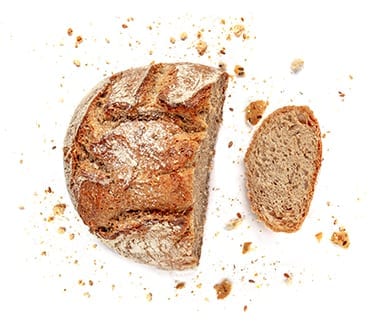 Get Perspective on Carbohydrates
Get Perspective on Carbohydrates
Seek out locally baked, artisan breads, because they have just a few, whole ingredients and no preservatives. A slice is fine, but get most carbohydrates through vegetables, fruit, and cooked, whole grains, such as quinoa, farro, oats and rice. Think about building a plate or bowl, and let the base, the bulk, be nutrient-dense vegetables—leafy greens, such as spinach, or sweet potatoes. Top that with a lesser amount of grains—rice, quinoa, a slice of bread, or a cup of pasta (avoid eating pasta daily, advises Violett) and on top of that, protein such as ⅓ cup of beans or lentils, three or four ounces of turkey, chicken, salmon or any lean protein such as local, high-quality beef.
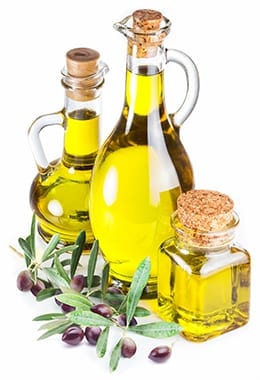 (Good) Fat Means Flavor
(Good) Fat Means Flavor
“Fat makes everything taste good,” said Violett. Choose mostly unsaturated olive oil, avocado, or a little butter. Refuel Within 30 Minutes after Working Out “Chocolate milk tastes good, and it’s well formulated to help with recovery,” she said. “A latte is even a decent choice—it’s mostly milk, and dairy is good for muscle repair.” A savory option: tortilla chips with salsa and guacamole replenish sodium.
Drink Water
Carry water with you or keep it handy on your desk. The best way to assess your hydration? Your urine should be pale yellow.
Need more ideas on how to eat for optimum health? Check out Violett’s recipes at stephaniehoweviolett.com



